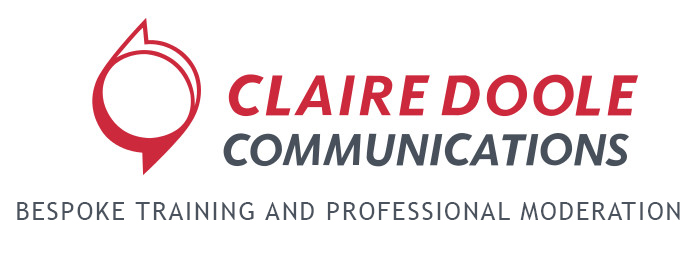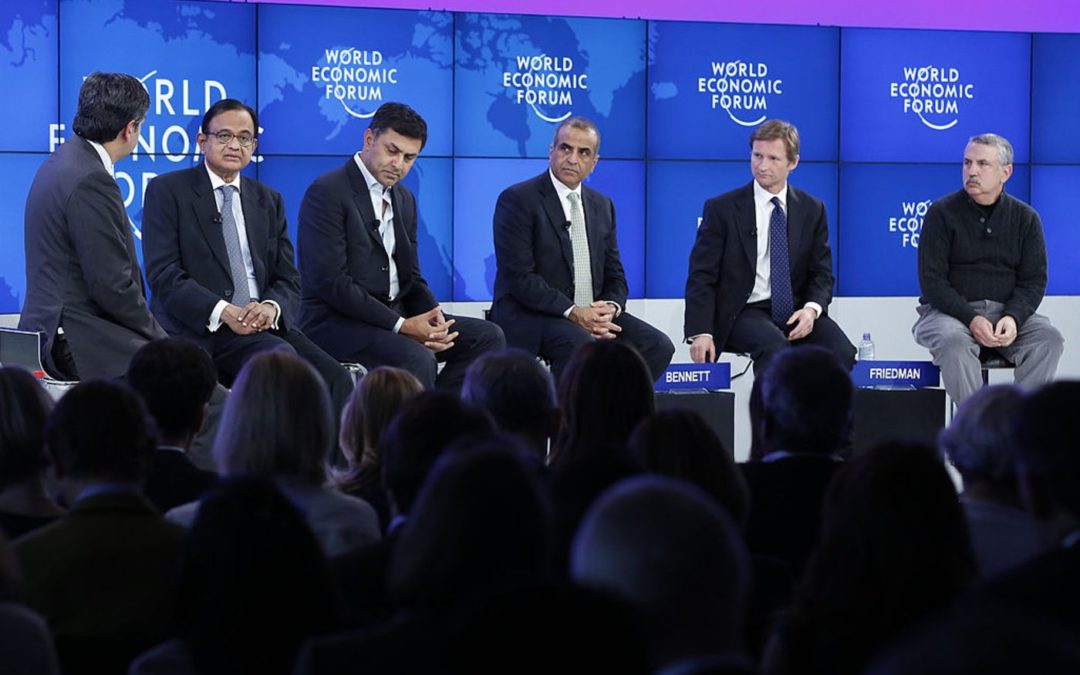
by Claire Doole | Oct 27, 2019 | Blog
I vividly remember getting criticised on Twitter for moderating two “manels” – all male panels – during a half-day event at the European Parliament in Brussels some years ago. It would have been a “manference” – a conference where only men speak – if the organisers hadn’t remembered to invite one woman to give a presentation.
The organisation, EU Panel Watch, was right to criticise. I should have refused to moderate the all male panels. Unfortunately, moderators rarely get a say in the selection of speakers. I now advise clients on how to design panels and conferences which are diverse, balanced and engaging – these are the principles I applied when editing BBC radio and TV news programmes.
Still EU Panel Watch’s latest annual report on women’s representation and speaker diversity on policy panels in Brussels shows change is slow and much more effort is required.
In 2018, out of 1583 speakers at conferences the organisation monitored in the “Brussels bubble”, only around one third were women – this held true for panels and keynote speeches. Shockingly, 26% of panels were all men and three quarters of them also had a male moderator. At these rates, EU Panel Watch estimates we can expect to see gender parity in 80 years!
Manels Tweet
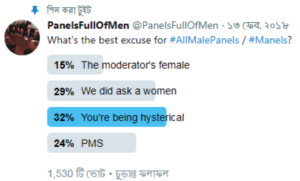
The organisation recommends that event organisers take a pledge to never organise an all male panel, and strive for a diverse list of speakers to reflect wider societal views and standpoints.
It’s a pledge that hundreds of diplomatic missions, international organisations and NGOs have taken as part of the Geneva-based International Gender Champions initiative. In their words “50 per cent of the population warrants the same visibility as the other 50 per cent.”
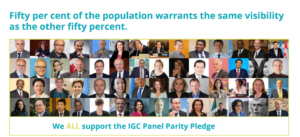
However, event organisers have told me it can be difficult to find women with the right expertise and status – no doubt a consequence of the glass ceiling that women experience in many professions.
At a recent medical conference where I was training moderators, women said all male panels were a systemic problem in their field. They feared this would put off young women from joining the profession and contribute to undermining the credibility of women in science in general. A fear confirmed in an analysis by Nature magazine. The piece documents eight years of medical panels and concludes by pointing out that the situation is improving, yet it is easy to fall back into old habits.
The article also points out that while it is important to invite women to speak, it is more important to listen to them.
The women at the medical conference told me about the gender discrimination happening there. One female colleague witnessed a male co-facilitator trying to muscle in both physically and verbally to take over from the female co-facilitator. In another panel, two male moderators were patronising towards the two female speakers – an observation she said were shared by other women in the sessions.
This unacceptable behaviour only underlines the importance of the moderator ensuring all speakers get equivalent speaking time and challenging those who interrupt or talk over other speakers. Men who dominate the discussion or who are sexist have to be held to account
Change can happen
A few months before Emmanuel Macron became President of France, he was on a panel I was moderating on gender parity. During the discussion, I gave him the card of a women I had met at the conference who was a gender parity expert. His team invited her afterwards to speak at his En Marche political rallies.
The current gender imbalance on panels and at conferences mirrors the gender gap in wider society. That is why UN Gender Champions asks not only for a pledge for panel parity from member organisations, but also for two commitments to move gender equality forward in their institution.
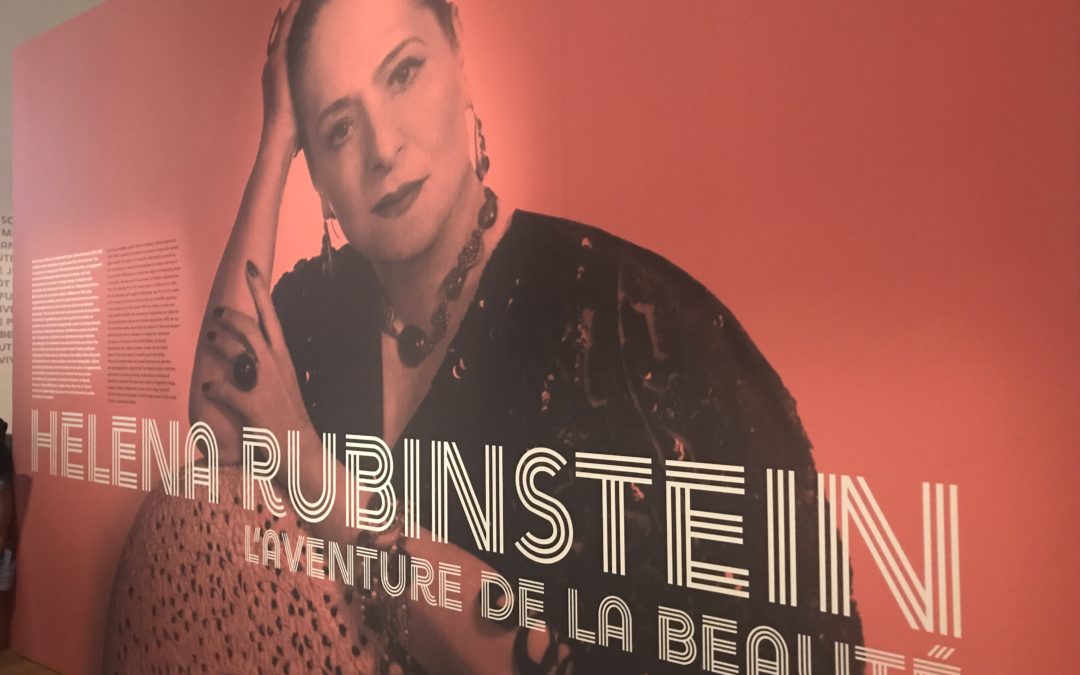
by Claire Doole | Sep 11, 2019 | Blog
Mounting an exhibition is one of the most challenging but potentially rich types of storytelling, as you have the scope to appeal to the senses of sight, hearing and, in some cases, touch. Curators must find a theme, and weave a red thread or “fil rouge” through the lives of their famous and talented subjects to create a story that gives deeper insight and meaning to their work.
Unfortunately, the exhibition “L’aventure de la beauté” about the life of Helena Rubenstein failed to bring alive the story of the woman who invented skincare and make-up as we know it.
As I went around the exhibition at the Museum of Art and Jewish History in Paris, I realised that there was no red thread drawing you in to a life that defied convention. It failed on several levels in the art of storytelling.
A logical structure that inspires interest
There are many ways to structure a story so that it is easy to follow:
• Geographically
• Chronologically
• Thematically
• Problem v Solution
• Challenge v Opportunity
The curators structured the story geographically: Krakow – Vienna – Melbourne – London – Paris – New York – Tel Aviv. This is fine as a concept, but the story became very disjointed and confusing as Helena travelled back and forth between many of these cities during her 93 years.
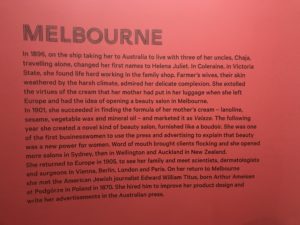
The titles by themselves do not say much. However, you could generate much more interest by simply adding a sentence such as “Melbourne – a fortune is made”. It was there that Helena built her multimillion-beauty empire as a result of her business acumen in selling her mother’s face cream.
Match the words and the pictures
One of the basic rules of presenting is to make sure that your slides or other audio-visual support reinforce your message and don’t detract from it.
However, as you see from the text below the curators of the museum do not follow this rule. It says that Helena used to wear a white coat when visiting her factories. Unfortunately, the image next to the text is a portrait painting of Helena wearing a red dress.

The photos of Helena in her white coat are displayed in another room further on in the exhibition. Although she didn’t have a medical degree, she knew the value of pseudo-science to boost sales!

Helena was a passionate art collector – Pablo Picasso and Henri Matisse were among her favourites. The exhibition includes works by these masters as well as by Marc Chagall and Maurice Utrillo. But have a look at the accompanying text to this work by Picasso.

Are you confused? For me there are a number of problems with the text. Firstly, it only makes the link to Helena – the subject of the exhibition – at the end. Secondly, it starts by describing not the collage we are seeing – “Confidences” – but another Picasso – “Glass and Pipe”. Thirdly, it introduces the house of Myrbor without any explanation. Fourthly, the text doesn’t clearly make the link with Marie Cuttoli who commissioned Picassos first collages. And fourthly, who is Albert Barnes?
How about if we match the text to the subject of the exhibition immediately and then bring in the other points?
Helena Rubenstein bought the first edition of Pablo Picasso’s collage “Confidences” – conceived by the Spanish master in 1934. Since 1917 he had been producing collage paintings for the House of Myrbor, created by Maria Cuttoli to sell collages designed by famous artists.

Add some flavour to your storytelling
The text below says that make-up was considered the preserve of tarts and actresses in the UK in the 1920’s. It says that aware society was rapidly changing, she created a make-up line to sell in her beauty salons. It jumps from cause to effect without telling us how Helena overcame the challenge.
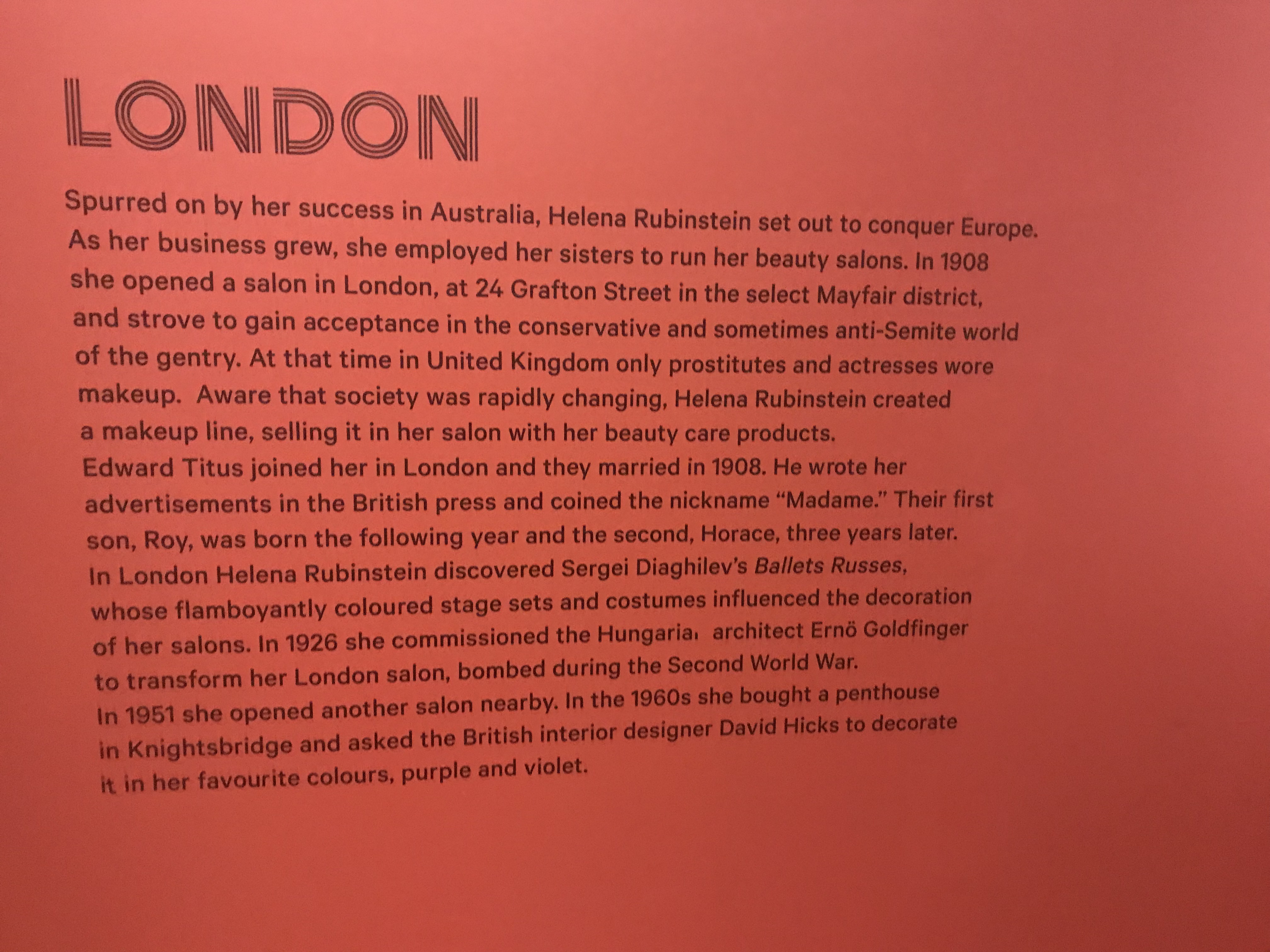
Yet in a fascinating article in the Daily Mail we learn that she persuaded her influential friends such as the wife of the Prime Minister to wear her make-up and they became trendsetters – the equivalent of today’s YouTube influencers!
If you really want to know about Helena Rubenstein, read the Daily Mail article extracted from the biography by Michele Fitoussi. It is an example of great storytelling with a clear angle – how Rubenstein’s success came at a terrible emotional cost as she put her career ahead of her personal relationships.
The writer leads you seamlessly through the challenges Rubenstein faced – making you want to know more about an astute businesswoman who was ahead of her time.
In my opinion and that of a couple of friends who also saw the exhibition, the exhibition was a missed opportunity; the curators had all the ingredients but served up a dish devoid of flavour by not following the basics of storytelling.
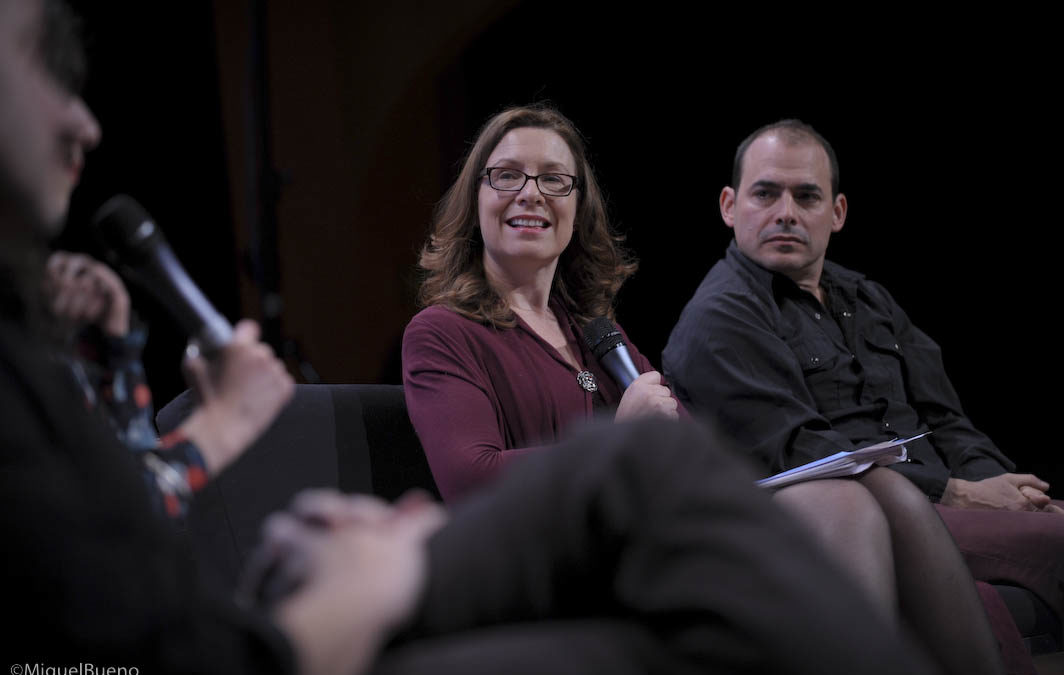
by Claire Doole | Jul 30, 2019 | Blog
In everyday conversation, we often lead up to the point we want to make but when we are taking questions after a presentation, in a job or media interview then we want to do exactly the opposite!
Why is this? Because we want to be clear and concise and show with confidence we know the answer. And in a live broadcast interview, if the journalist suspects you are avoiding the question, they will interrupt and ask why you are not answering the question. So your reputation depends on getting to the point quickly.
Recently I watched some pre-recorded interviews done by CNN Money in Switzerland. As the Geneva Conventions turn 70, the programme asked whether this is a cause for celebration or concern? The reporter did 3 interviews with experts on whether the Conventions on respecting the rules of war are still relevant.
They illustrate 3 different ways of answering a question. Which one do you think is most effective?
Leading up to the answer
It takes the interviewee 45 seconds before she answers the question on whether the
Conventions are still relevant. And by the way, she doesn’t need to say they are not respected unless specifically asked as this opens her up to a potentially negative follow-up question.
In the second question on whether the Conventions should be broadened, she introduces too many ideas in a very long answer at nearly 2 minutes. If you go over 1 minute as a rule of thumb, you are normally not sticking to the point and in danger of rambling, makingit difficult for the journalist and, most importantly, the audience to follow you.
In the third and fourth questions she is much better because she answers the questions
directly on whether Geneva will remain a humanitarian epicenter.
Leading up to the answer is often the default position of academics, lawyers and scientists as they are trained to build their case – the why and how – before they give their conclusion i.e. their main point. The problem with this technique is it takes too long to get to the point with the risk that your audience is moving on to another channel.
Putting the what before the how and why
When talking to the media or even writing for the media – press releases also follow this principle – you need to make your point first and then give supporting evidence.
The interviewee here does exactly that in the CNN Money interview.
She follows the model I use in my media training – Point-Reason-Example- Point. (PREP)A textbook example!
The third interview is a mix of leading up to and answering directly the question.
What he does well though is make clear and simple statements such as “They (The Conventions) are not ideal, but they are the best we have. However, what they are not doing successfully is fighting terrorism.” As a result, he is eminently quotable!
PREP is key
Making your point first and not leading up to it takes preparation and practice. Before you do a media or job interview prepare 3 key messages you want to get across using the PREP formula.
When asked a question if it is favorable to you then answer it directly using the formula. You will impress the interviewer with your clarity of thought, make your point clearly and concisely and run no risk of getting interrupted!
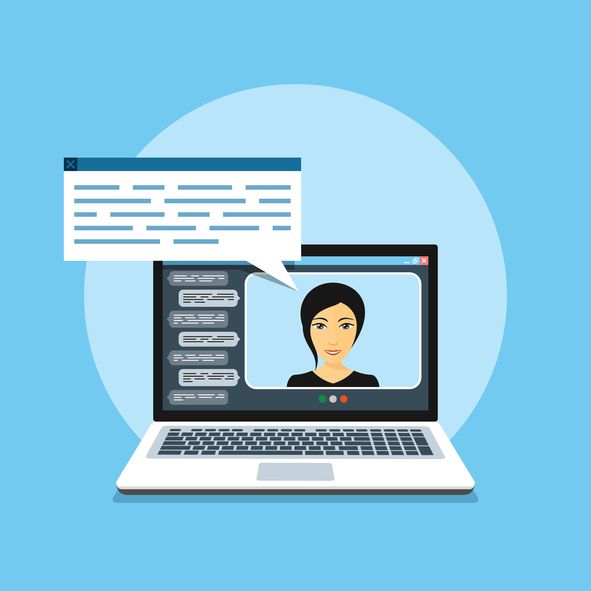
by Claire Doole | Jun 25, 2019 | Blog, Presenting
As the adage goes, you don’t get a second chance to make a first impression. But never has it been so true in these days of highly competitive job interviews where employers’ pre-screen candidates with a video interview.
According to the Institute of Student Employers, some 49% of interviewees are asked to do either a live face-to-face interview via video or one that is pre-recorded. In the latter, each candidate is given the same set of questions and timeframe to respond.
All video interviews whether for a job, a corporate video or for the TV can be nerve-wracking but the one-way video interview is particularly challenging, as you don’t get any verbal or visual feedback.
Recently, a young woman came to me asking for advice on how to make a good first impression in a one-way video interview for a job she was applying for at an international organisation here in Geneva.
Here are some of the tips I gave her:
1. Dress the set – Remove all those weird art works, embarrassing photos and scruffy books. Make sure there is nothing in vision that can distract from the important points you are making.
2. Dress to impress – The visual channel always takes priority over the verbal and vocal channels so counter this by being sober with your dress. Dress smart as if for a face-to-face interview, but remember the camera doesn’t react well to contrasting colours like black and white or to busy patterns such as swirls and checks. Avoid these in favour of block colours. Navy is a safe bet.
3. Apply make-up – This evens out skin blemishes and even men should wear some powder so they don’t look shiny or, heaven forbid, sweaty.
4. Eyes are the windows to the soul – Set up the camera so that you are looking straight into the lens. If you look downwards, you will look patronising, whereas if you look up, you will look submissive. Lock in your eye line so it doesn’t shift. If you keep glancing away you will appear evasive and untrustworthy. If you need to reflect on an answer quickly look down before looking up again directly at the camera.
5. Think about your posture – Perch slightly forward with your behind well back in the chair (think BBC!) .You want to look interested and alert. Place your feet firmly on the ground, as this will anchor you. It is also a better posture for diaphragmatic breathing than if you cross your legs.
6. The power of your gestures – Use your hands and arms to reinforce the points you want to make. This will also energise your vocal delivery.
7. Get a head start – Make sure your head is balanced evenly on your shoulders – and not tilted to the side as this will make you appear quizzical and uncertain. Don’t jut out your jaw, as this will affect the quality of your vocal delivery.
8. Modulate your voice – Speak with impact by adjusting your tone to the message, pausing before and after a key message and keep a smile in your voice to add warmth.
9. Smile and the world smiles with you – You want to show that you are happy to be interviewed so embrace the opportunity to answer the questions with a smile.
10. Amplify your enthusiasm – Video tends to suck the life out of people so you need to compensate by giving more energy than you would to your answers.
If you follow these tips you will be “ready for your close-up” whether you are doing a job interview via video link or giving an interview for your organisation’s YouTube channel or to the media.
And one final thought – don’t make the mistake of the expert who was giving a serious interview on the BBC about the tensions on the Korean peninsula but was interrupted by his children.
He forgot to put a do not disturb sign on his living room door, and went viral for all the wrong reasons!
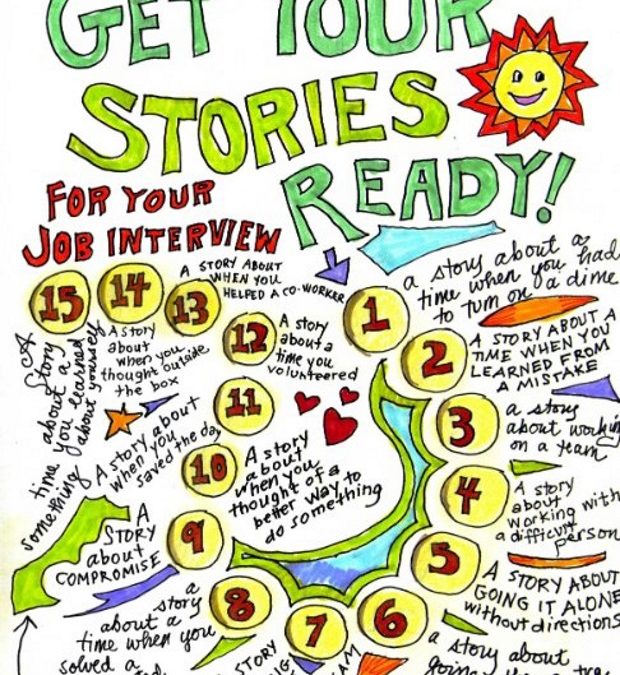
by Claire Doole | May 30, 2019 | Blog, Storytelling
In presentation training, we focus on storytelling as a way of building emotional connection with the audience. Stories win hearts and minds, inspire and motivate and engage and entertain.
In a job interview, stories can be extremely effective. They will help you stand out in the interviewer’s mind and highlight your key competencies.
Often, you will make a series of assertions such as I can help you increase sales, attract more funding or influence legislation. However, you will need to provide evidence for the interviewer to take you seriously. This is where stories, which are based on real-life examples, can help you come across as genuine and credible.
In my job interview coaching, we examine some typical questions, like the ones below, and apply storytelling techniques.
• Tell us about yourself.
• Why do you want to work for us?
• Why do you think you are the right person for this job?
• Tell us about a time you have succeeded/ failed.
• How do you deal with conflicts at work?
• Tell us what you don’t like about your current working day?
• What sort of things do you and your boss disagree about?
• What is your greatest strength and how will it help you in this job?
• What do you see as the most challenging part of this position?
As you can see, the interviewer is looking to assess your motivation, determination and spirit of collaboration. These are abstract concepts, and unfortunately the human brain is particularly bad at remembering the abstract. So you need to back them up with concrete examples or stories.
The 5 elements of a powerful story
In order to make an impact, your story needs the following elements:
1. Clear structure. You need to set out the context – explain who was involved, when, and where. There has to be some action – something has to change and then comes the resolution. In a presentation, the story serves to reinforce a key message. In a job interview, it can spotlight the actions you took to resolve a problem or challenge and the results that followed. If you can add a key learning such as – this taught me that you have to persevere and not give up – this will reinforce the impression that you are someone who reflects and learns from the past.
2. Human interest. If you are telling a story about a project or programme explain how you felt during the process. How did you feel when faced with a challenge? How did you feel when the situation was resolved either positively or negatively? And how did the people involved in the project feel – were they overjoyed, inspired or relieved?
3. Credibility. Your story must be true and based on fact. It will also be much easier to relate and remember if it is your story.
4. Topicality. If you are using a case study as one of your examples, it should still be valid and not have been overtaken by events.
5. Relevance. It helps if your story is relevant to the audience either geographically or close to the sector they are working in. For example, if you are applying for a job with a food company, but come from an environmental background, you might want to talk about an initiative you led on sustainability as this could be relevant to their policies on food waste, recycling or naturally sourced food.
And one last thought, be ready to answer some of those personality questions with stories from your non-work life. Some interviewers, for examples, like to questions such as – tell us about your childhood /what do you do outside work/tell us what makes you smile. All of these are great questions for a short personal story.
In my next blog I shall look at how to deliver that powerful story during an interview.

by Claire Doole | Apr 28, 2019 | Blog, Public Speaking
Every conversation is a presentation, and no conversation has higher stakes than a job interview. To succeed, you need to convince a potential employer you are the right person for the job.
Over the past year, I have been coaching people in the art of the effective job interview – with a 100% success rate so far. This is probably due to the fact that so many aspects of presenting yourself to a future employer rely on presenting and public speaking skills – my areas of expertise.
Here are some tips essential to effective presenting that can be applied to the job interview.
Put yourself in the shoes of the your audience
Look at every question from the employer’s perspective and do your homework. This means doing a detailed research of the company and what their needs are both today and in the future. With this information, you can explain your assessment of their challenges and opportunities and why you can help them meet them.
For example, when asked why are you interested in the job, you could reply:
“I’ve had twelve years in customer service positions, with four years managing the whole department. Your position clearly demands a strong service component in areas where I have expertise.”
Highlight the benefits to the audience
What is in it for them? This is very important to spell out when presenting and indeed training, but especially so in a job interview. They are hiring you to meet a new challenge or solve a problem. You need to show them you are the ideal solution.
Often the first question in a job interview is along the lines of present yourself/tell us about yourself or what do you do?
You need to mention what you do but also highlight the value it brings to them.
If I were to do this for my business to a prospective client working for an international organisation, I would say:
“I am a former BBC journalist, UN spokeswoman and head of media at WWF International,(features) with more than 15 years as a trainer helping international organisations communicate more effectively (benefits). This means I can advise you on how to better influence policy decisions on X in Y country (added value).
This technique can also be used at a networking event when you have to present yourself and your business. In this instance, you may want to create interest and provide a potential hook by saying something intriguing to encourage them to ask more. It is known as an elevator pitch in that you should be able to deliver it to your dream prospect that you bump into by the time the elevator has gone from the top to ground floor.
Back up your assertions with proof points
In an interview you will often be asked about why you are the right person for the job. Here you need to identify what makes you stand out from the competition.
The easiest way to do this is to make a point and then give an example.
“I have an excellent track record in helping manufacturing companies make a profit. My team looks to see where they can cut costs or increase their margins. With a typical client, we can boost their profits by 7% in the first year. With one car manufacturer we worked with a couple of years ago we recommended a lot of changes and their first-year profit went up by 15%.”
Planned spontaneity
These types of answers need to be prepared before but delivered as if this is the first time you have said them. Strange as it may seem, this means you need to practice delivering them in front of the mirror or even better film yourself on your smart phone. You also have to make sure that your tone and body language give a positive impression.
In future blogs, I shall share how to use the right non-verbal communication, apply storytelling techniques and handle some of the trickier questions that you may be asked in a job interview.



